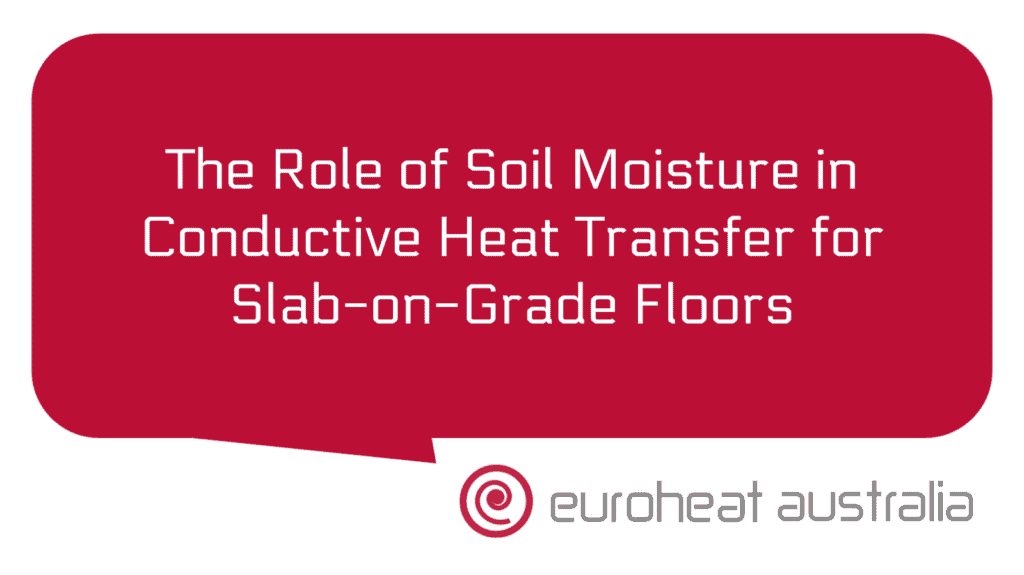When it comes to efficient heating and cooling systems, soil moisture plays an important role in conductive heat transfer. This is especially true for slab-on-grade floors, where soil moisture can make the difference between a comfortable and an uncomfortable home.
Soil moisture impacts conductive heat transfer because it affects how quickly energy is transferred between two objects at different temperatures. When two objects are in contact with each other, energy will move from the warmer object to the cooler one. The rate at which this transfer takes place is determined by several factors, including the type of material that separates the objects, air temperature, and most importantly, soil moisture.
Soil moisture affects conductive heat transfer by creating a ‘thermal bridge’ between two materials of differing temperatures. A thermal bridge is created when soil moisture creates a conduit through which heat can move more quickly than it otherwise would. This means that when there is more soil moisture present, heat can be transferred from the warmer object to the cooler one at a much faster rate than if there was no soil moisture present.
Slab-on-grade floors are particularly susceptible to this effect because they often sit directly on top of the ground without any insulation or barrier between them and the earth below. This means that any soil moisture present will be able to create a thermal bridge between the floor and ground, allowing energy to move quickly in either direction depending on which surface is hottest or coldest at any given time.
Underfloor heating systems are an excellent way of taking advantage of this effect when it comes to heating your home in winter. By installing an underfloor heating system you can use soil moisture as part of your heating system’s conductive heat transfer process; allowing energy from your heater to spread quickly throughout your house without wasting energy on inefficient methods like convection or radiation. This not only increases comfort levels but also reduces your energy costs as you don’t need to run your heater for as long or as frequently as you otherwise would have had to do so; leading to cost savings of up to 50% compared with traditional radiators or convection-based systems.
Installing an underfloor heating system yourself can be tricky however; most people don’t have access to all of the tools and materials required for such a job so it’s best left to professionals who know what they are doing! Euroheat Australia are experienced engineers & installers based in Perth who have been designing & constructing hydronic heating & cooling systems for over 30 years now – so you know that you’re getting quality service from experts who understand exactly how soil moisture impacts conductive heat transfer for slab-on-grade floors!
At Euroheat Australia we understand just how important it is for our customers’ comfort and their wallets; that’s why we offer excellent design and installation services across Perth – making sure that you get exactly what you need from us in terms of both quality and cost savings! So what are you waiting for? Get in touch with us today and let us help you take advantage of all the benefits that come with taking advantage of conductive heat transfer with underfloor heating!





